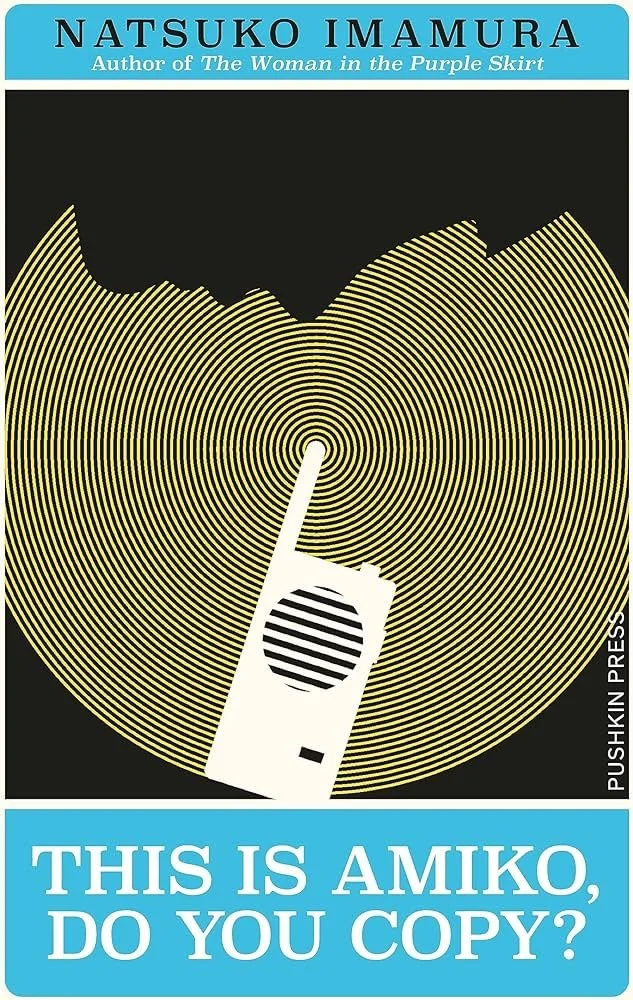This is Amiko, Do You Copy?
just try to be more open to others and their perspective—because sometimes, seeing the world through someone else’s eyes can shift something in you too.
This Is Amiko, Do You Copy? – A Strange, Honest Glimpse into Childhood (and Maybe Adulthood Too)
I picked up this book purely because of the title—This Is Amiko, Do You Copy? Something about it felt fun and full of potential, even though I knew it centered on children. But what surprised me is how quickly I realized: this isn’t just a story about kids. It’s a story about how all of us experience the world so differently—how our ways of expressing love or connection can be wildly misunderstood, even hurtful. And how being different, especially when you’re young, can feel like being from another planet.
Amiko, the main character, is a girl full of strange energy and unfiltered thoughts. She reminded me not just of kids, but of many adults I know—the kind who say things bluntly, not out of cruelty, but simply because it doesn’t occur to them to soften the blow.
She’s excited to become a big sister, and plans to give her new sibling the “greatest gift ever.” But the baby dies, and no one tells her directly. That moment hit hard—not because of the tragedy, but because it’s filtered through a child’s confusion. Amiko doesn’t fully understand what’s happening, but her behavior begins to echo her grief in ways no one around her seems to grasp.
There’s also a boy she likes—a boy who clearly wants nothing to do with her. He bullies her, avoids her, and eventually punches her hard enough to knock out a tooth. Still, she stays fixated on him. She eats rice with her hands “like people in India,” she says, and the boy finds her weird. But to her, it’s just another honest, curious way of being in the world.
And then there’s the classmate who sits next to her every day. He helps her, talks to her, listens. In the end, he says something like: “We’ve sat together all year. I know you well. But you’ve never really seen me. You’ve only ever looked at that boy.” And it stings—because it’s true. She doesn’t even remember this boy’s name.
That, for me, was the heart of the story.
We can live so close to someone—sitting side by side, sharing time and space—and yet still be in completely different dimensions. What’s important to me might be invisible to you. What feels like love to one person might feel like rejection to another.
This book is messy and strange, and that’s exactly what makes it feel so real. It’s a reminder to pause and try to see things from someone else’s perspective. To notice the people who are quietly showing up for us. Maybe if Amiko had looked closer at the boy next to her, she might have found a real friend. She might have bloomed.
What I want to say: just try to be more open to others and their perspective—because sometimes, seeing the world through someone else’s eyes can shift something in you too.
